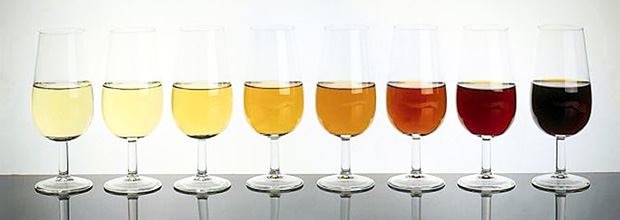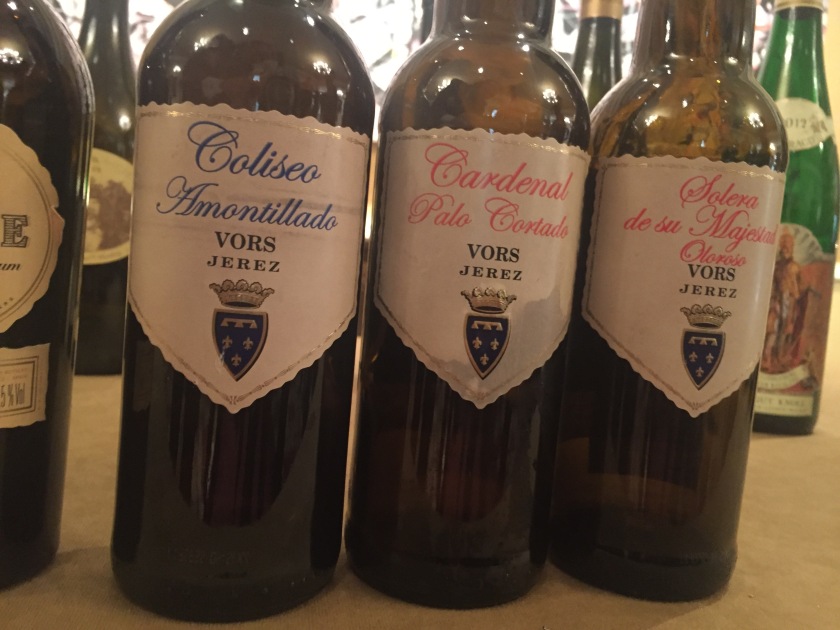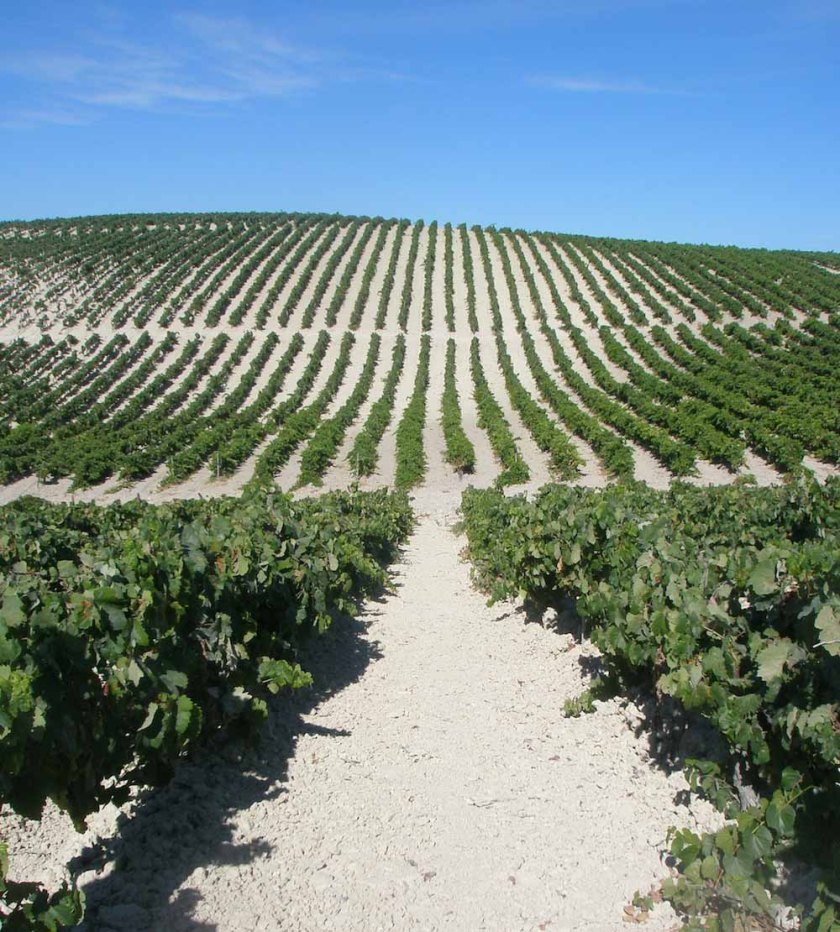
Sherry. Few beverages are so commonly misunderstood. It’s still worth it to wrap your head around the complex system of classification that makes sherry what it is.
I love Sherry. I can’t think of another wine that takes more work to make, that ends up across the pond at a more reasonable price than sherry. And yet, for all it’s complexity and nuance, Sherry sales are still on the decline. I find dry Sherry delicious. But most people don’t. There is a common thread among those who really get into wine that you do get bitten by the sherry bug at least once. From there you begin what I can only describe as a long and desperate plea, trying to win people over to Sherry’s charms. I feel it’s my responsibility as a beverage professional to try and spread the gospel of sherry, before this amazing beverage becomes lost to the ages.
Sherry’s challenges:
1) It doesn’t have the “delicious factor”.
Sherry is a challenging beverage for most people. While it’s flavors are complex and it’s aromatics powerful, it misses the mark for most folks on sheer deliciousness.
2) If you haven’t tried sherry before, it almost certainly won’t taste like what you expect.
Sherry has multiple styles, which range from bone dry all the way to painfully sweet. This is the first hurdle people encounter when attempting to even purchase a sherry. Because of this lack of delivering on expectations, most people just write it off.
3) It’s really freaking confusing
The way sherry is classified makes for some very confusing terms and the deeper you go, the more rabbit trails are laid out before you. Tread carefully when learning of sherry, it’s so easy to get lost along the way.
Sherry’s Strengths:
1) It’s cheap.
Truly great sherry can be had across most of the styles for between $10-15 USD. While getting the best of the best will definitely run you a couple hundred dollars, you can still try the different styles and find something you like and it won’t destroy your pocketbook.
2) It goes with almost everything.
Sherry truly does perform magic at the table. Particularly the dryer styles. And since there are so many different styles to choose from, I’ve found it often intriguing and delicious to serve only sherry during multiple course meals. The more powerful and oxidized styles are great with richer dishes.
3) It’s incredibly unique
No other beverage in the world tastes quite like sherry. It’s the benchmark, so much to the point that in the trade often we describe other oxidative styles of wine as “sherry like”. It has developed over a very long period of time to become an iconic wine of the world.

Sherry is made from 3 grapes: Palomino, Moscatel, Pedro Ximenez
Dry styles are typically made from Palomino, while Moscatel and Pedro Ximenez can more typically be found in sweeter expressions.
Sherry hails from the region of Jerez, in the province of Cadiz in south-western Spain. In this extraordinarily hot and dry climate, the chalk white and moisture retentive Albariza soils are extremely important. After a strong rain, an ensuing blast of hot sunlight “bakes” the soil into a hard, impenetrable top layer a few inches thick. This layer combined with the light-reflective quality of the soil, keeps the root system of the vines cool, and prevents undue heat stress to the vines. A truly remarkable and unique terroir.

Photo: Albariza soils in Jerez
Another interesting thing about sherry is that the vast majority of it is made from multiple vintages blended together. Much like in champagne this technique helps to create consistency of flavor and is part of sherry’s extraordinary character. While I could get into the Solera System – (barrel aging system for sherry), I’m looking to keep this somewhat short and sweet, so I’ll save that for another article.
DRY SHERRY
In an attempt to make this easier, it’s important to note that dry sherry styles can first be split into two categories: biologically aged, and oxidatively aged.
Biologically aged = Aged under Flor
Flor – a living, breathing, and dying yeast that under just the right conditions will develop as a soft white film on top of the wine in barrel, effectively protecting it from oxygen.
These wines are produced from the primera yema, or “first press” of grapes and fortified to 15.5 percent before aging:
Fino – light, dry, delicate and floral. The perfect accompaniment to fish and shellfish dishes.
Manzanilla – also light, similar in style to Sherry, but must by law be aged in the seaside town of San Lucar de Barrameda
Amontillado – while amontillado begins it’s life as fino typically, for whatever reason the flor either dies off or doesn’t completely form, this gives Amontillado a bit of oxidation but also has the character of being aged under flor. Amontillado is more nutty and has stronger caramel and toffee notes. It is fortified to 17-18% alcohol and so is a bit more full bodied than fino or manzanilla
Palo Cortado – a rare and ambiguous wine in that the only legal definition of a Palo Cortado is that it must have the aromatics of an amontillado, with the flavor and palate richness of an oloroso
Oxidatively Aged = Not aged under flor
Produced from the segunda yema or “second pressing” of the grapes. The base wines are richer and more textured to begin with.
Oloroso – nutty caramel flavors with dried yellow fruits and spices. Very complex and intense palate
Sweeter Styles:
Cream sherry- can be broken up into Pale/Medium/Cream sherry styles. These are Oloroso wines sweetened with naturally sweet Pedro Ximenez or Moscatel wines.
Pedro Ximenez – intensely sweet, Pedro Ximenez sherry or “PX” as it sometimes goes by is made by either picking the grapes extremely ripe, or by drying them out in the sun. The resulting style is so sweet and viscous it almost resembles dark maple syrup or molasses. It has flavors of figs, raisins, dried plums with lots of spice and oak character. Make sure you have something to eat with this stuff. Fantastic with chocolate.
Moscatel – made from one of the great ancient grapes of the world: muscat de alexandria, the naturally sweet sherry style of Moscatel. Also intensely sweet much like Pedro Ximenez the moscatel variety produces powerful floral and honey aromatics.
Sherry will always have it’s advocates, and I will be one of them. I will spend my life serving it to unsuspecting guests, and watching their elated, or crest-fallen expressions after tasting it. I will be traveling to Jerez at least once to get a better grasp on this remarkable beverage I so heartily enjoy. But I don’t expect everyone to love it as much as I do. It is my wish and hope however, that at the very least everyone give sherry a chance. It deserves our attention.